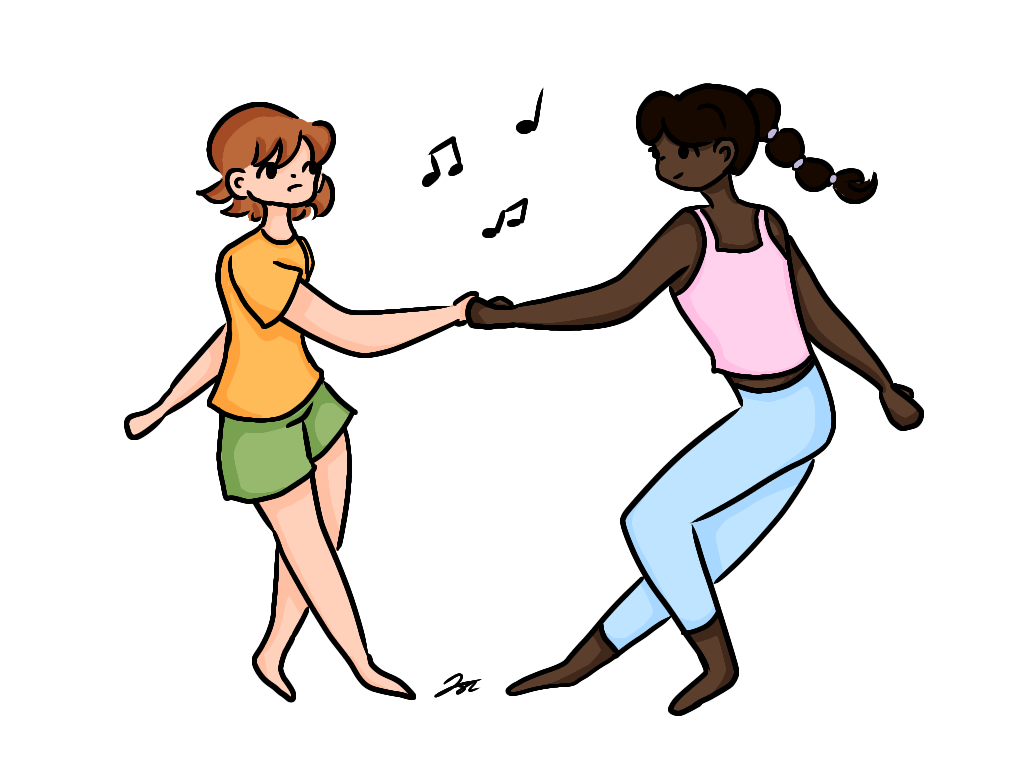Last Tuesday, the Republican Party finally saw a breakthrough. After spending eight years trying to justify why they should hold power despite never securing a popular mandate, they finally won a victory where these questions are irrelevant.
Virtually every corner of the country swung towards them, whether it was the urban centers of New York City, the suburbs of the Dallas-Fort Worth metro, or the sparsely populated rural counties out in the Rocky Mountain West. The result was Donald Trump winning the popular vote for the very first time, the Republicans flipping back the U.S. Senate, and holding onto their majority in the U.S. House. Compared to the other election results we’ve seen since Trump came on the scene in 2015, this is by far the closest to being a Republican red wave, and it has left dozens of Republican state branches far better off for it.
But it still wasn’t enough to save the North Star Republicans.
On paper, this was a decent result for the Minnesota Republican Party. Kamala Harris’ final margin of victory is 4.2%, a decrease of just under three points compared to 2020. All of their U.S. House incumbents won re-election comfortably, with each of them improving their victory margins from 2022. The State House composition will end up being tied at 67-67, effectively deadlocking the DFL’s legislative agenda for the latter two years of Governor Tim Walz’s term. At face value, these results aren’t too shabby.
But let’s consider how the rest of the nation swung. When the counting is done, Donald Trump will have likely ended up winning the popular vote by a margin of 1.4%, a swing to the right of 5.9% from 2020. However, Minnesota only swung 2.9% to the right, meaning that there were three points that the Minnesota Republicans completely failed to capture.
How did this gap emerge? As I wrote about on my Substack, the primary culprit behind their weakness is that the Minnesota GOP has completely failed to stop the bleeding in the Twin Cities suburbs.
Thanks to the rise of education polarization, both parties would undergo a coalition revamp. For Democrats, their support in rural communities would completely collapse, with outstate Minnesota turning more Republican than it has been in well over a century. For Republicans, their support with suburban voters would slowly erode, losing voters who had been staunch Republicans since the days of Ronald Reagan.
Unfortunately for Republicans, this trade was heavily skewed in their opposition’s favor. While gaining voters is always good, rural communities are also rapidly depopulating, with young people going to the cities and old people leaving the state entirely. Meanwhile, Democrats can take advantage of rapidly growing, left-trending suburbs, a far more sustainable strategy in the long term. If the Minnesota GOP was ever going to win, they would have had to cut into Democratic margins in the suburbs.
But because Donald Trump is the Republican Party, there was no way they could have pulled this off.


